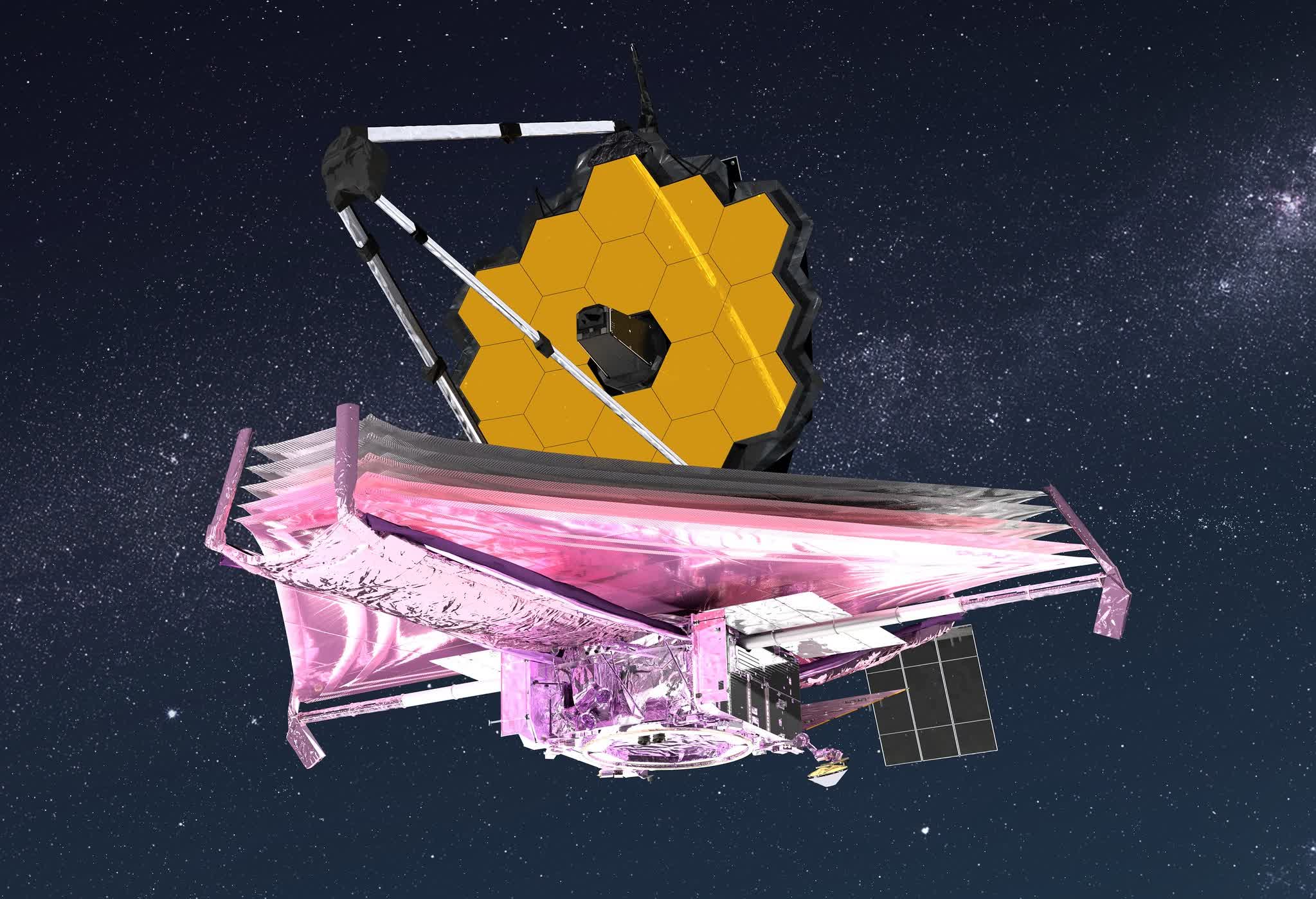Bravo: NASA has taken tons of flak for the numerous delays and cost overruns that plagued the James Webb Space Telescope over the past decade, but things have been going swimmingly ever since its Christmas Day launch. In fact, a recent analysis revealed the mission is progressing better than anticipated.

The observatory should now have enough propellant to support science operations well past its 10-year science lifetime. The space agency said the precision of the Arianespace Ariane 5 launch resulted in less propellant being used than anticipated. A smooth mid-course correction maneuver after launch, which added approximately 45 mph to the craft’s speed, also helped conserve fuel.
A second correction burn occurred on December 27, speeding up Webb by 6.3 mph.
NASA said that from this point on, all scheduled deployments on Webb will be controlled by humans. This means their deployment, or even their order, could change. Webb at this point is a little over a day into a six-day process to unfold its sunshield.

Webb enthusiasts may also be excited to learn that temperature data from the spacecraft is now available to view online in real time. As of this writing, the hot side of Webb is at 49 F and the cold side is a chilly -244 F.
Interested parties can learn more about upcoming deployments and follow Webb’s location in space over on NASA’s website. Should everything go according to plan, the observatory will reach its destination - the second Lagrange point - in less than a month.